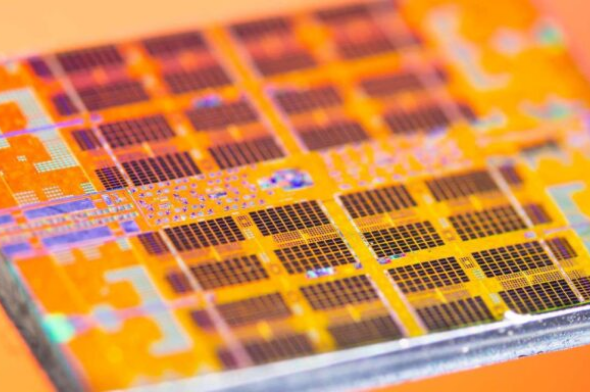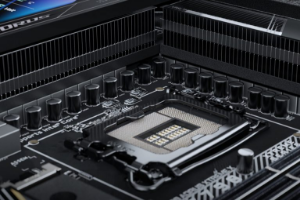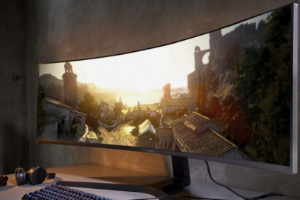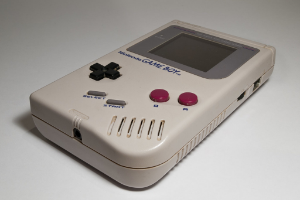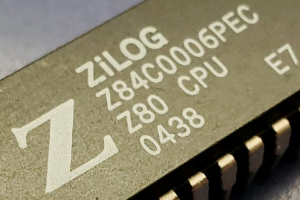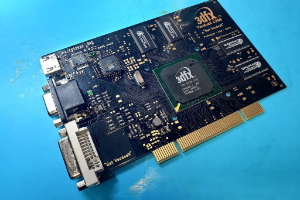Connection to DriversCloudCreate a DriversCloud.com accountReset your DriversCloud.com passwordAccount migration
Semiconductors with ever more incredible wafer-thinness: TSMC goes for 3nm
Today, very few companies are able to keep up with this race to miniaturize transistors... and skyrocket costs.
Until about 15 years ago, there were a relatively large number of companies capable of reaching the highest level of semiconductor manufacturing. Today, there are only three leaders in this ultra-competitive market, where the absolutely colossal investments required to modernize a single factory have excluded most players from the race: Intel in the United States, Samsung in South Korea and TSMC in Taiwan.
According to the latest announcements, the Taiwan Semiconductor Manufacturing Company (or TSMC) seems to have a certain advantage. Thanks to important contracts signed with Apple, but also AMD or NVIDIA in particular, it has important financial means. Today, thanks to the publication of its latest financial results, it seems to confirm that the lead taken in terms of engraving fineness is not an isolated accident: it intends to keep this lead over the next few years.
Thus, we learn that the N3 process - for an engraving in 3 nm - would be so to speak completed / validated: the pre-production phase is over and TSMC is now considering a mass production before the end of the year. The Taiwanese specifies that it will occur during the "second half of 2022". Already reserved by many mobile chip manufacturers, Apple at the top of the list, this process is not an end in itself and TSMC is already considering an improved version capable of achieving better yields early next year.
Finally, and even if TSMC is much less talkative here, it is trying to show that it has more than one string to its bow. Thus, during the same conference, the company mentioned the N2 process for a 2 nm etching. It is still only a question of pre-production during the year 2024, but if everything goes as planned, the mass production could then intervene from 2025. Of course, it remains to be seen where Intel and Samsung will end up, as they obviously have no intention of falling behind.
